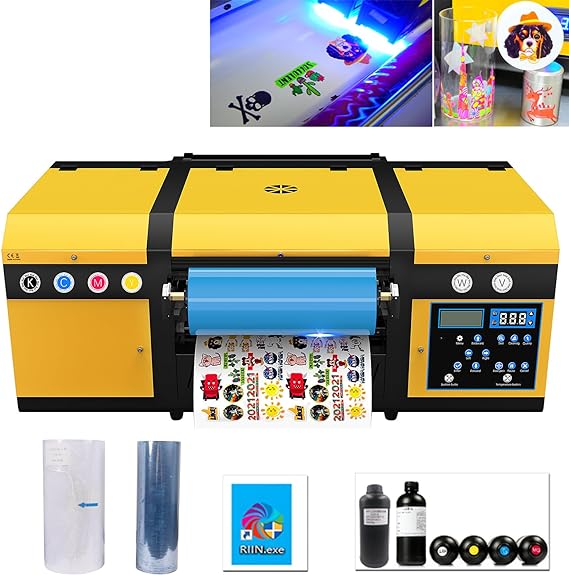A micro printer is a compact device with a width of less than 84mm, encompassing POS printers (commercial POS and financial POS), tax control printers, and built-in or external micro-printers for ATM, ECR, KIOSK, and other equipment.
Micro-Printer Applications:
Micro-printers find applications in various industries, including finance, retail, catering, lottery, transportation (such as taxis, air tickets, road and bridge tolls), gas stations, medical and health care, postal services, utility meter reading, mobile police systems, mobile government systems, and more.
Classification of Micro-Printers:
Classification by Purpose:
a. Special-purpose Micro-Printers: Designed for specific tasks like professional barcode and card micro-printing, requiring specialized software or driver support.
b. Universal Micro-Printers: Versatile devices supporting print output for various applications.
Classification by Printing Method:
a. Needle-type Micro-Printer: Utilizes printing needles hitting a ribbon to transfer ink onto paper.
b. Thermal Micro-Printer: Heats a thermal medium on printing paper to change color.
c. Thermal Transfer Micro-Printer: Prints by heating toner on a ribbon (commonly used in barcode and ticket printers).
d. Miniature Font Printer: Primarily used in taxis, bank ATMs, etc.
By Workplace:
a. Portable Micro-Printer: Compact, battery-powered devices using infrared or Bluetooth for data communication, suitable for mobile applications.
b. Desktop Micro-Printers: Stationary devices receiving data through serial or parallel ports, often used for POS machines.
c. Embedded Micro-Printer: Component of a product, used in instruments, ATMs, queuing machines, etc., for printing.
Shopping Tips for Micro Printers:
Printing Character Set: Pay attention to the required character set (numbers, English, Chinese characters).
Dimensions and Weight: Consider size and weight based on portability requirements.
Power Supply: Choose between an external regulated power supply or a rechargeable battery, considering quality, battery life, and ease of removal.
Roll Size: Consider the frequency of paper roll changes.
Printing Width and Data Amount: Choose based on the number of characters printed per line and user needs.
Consumables: Consider the type and cost of consumables (paper and ribbons).
Special Requirements: Check for additional features like barcode and graphics printing.
How to Use the Micro-Printer:
Connection: Connect the micro-printer to the host computer and manage printers through “Control Panel” -> “Printers and Faxes.”
Adding/Deleting Printers: Use the “Add Printer” button to add or select a printer and press “Delete” to remove it.
Paper Loading: Follow specific loading steps based on the printer type.
Troubleshooting: In case of paper jams, stop printing, reload paper following the correct steps, and avoid pulling forcefully.

